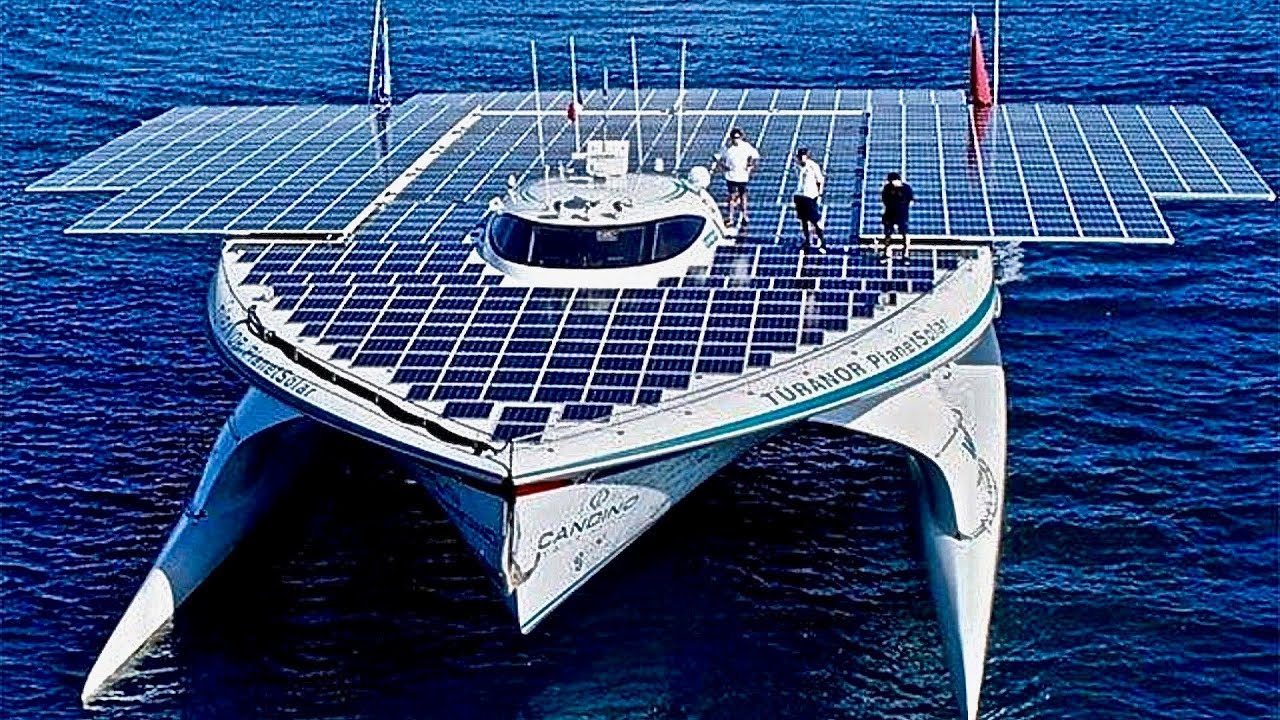
- Image via Wikipedia
“We know even now that we are at some fundamental limits of what the Internet can handle,” warned University of California, San Diego processor kc claffy [sic capitalization] at the beginning of her talk at the American Association for the Advancement of Science meeting in San Diego. “We have one big expectation—being able to innovate,” she said. “And it is unclear whether we will be able to do that.”
claffy’s warnings are based on the observation that the Internet’s infrastructure is, for the most part, hidden. In the U.S. there are on the order of one hundred Internet service providers that control the fiber lines and the routers that direct traffic throughout the network. Each of these ISPs has agreements with the others to exchange traffic. In essence, these agreements say if you move my bits, I’ll move yours. However, all these agreements are not just independent and unregulated, they’re secret. Proprietary corporate information. This makes it impossible to understand how traffic will get redirected when, say, one path fails. It makes it impossible to understand just how strong the overall system is when something goes wrong. It makes it impossible to map the overall structure of the Internet (something intensely frustrating to claffy, whose job it is to map the overall structure of the Internet). And it also makes it difficult to predict how the Internet will grow.
One thing is for sure, though: The Internet will continue to grow. We just don’t know if the current system for addressing content on the Internet will be able to accommodate this growth. Every location on the Internet—every web site, every user—has associated with it a specific address, called an Internet Protocol (IP) address. The current addressing system—called IPv4—has about four billion possible addresses. The Internet is expected to outgrow this batch of addresses in about two years. For decades researchers have been working on the next generation of addresses—the IPv6 system—which has approximately enough addresses to last until the heat death of the universe. But IPv6 and IPv4 are not compatible, so anyone working with a new IPv6 address would not be able to access Web sites using old IPv4 addresses. “Everyone would have to switch at the same time—Google, Verizon, everyone” claffy told me after her presentation. Yet a massive instantaneous global switchover of the Internet’s entire addressing system is, in short, unlikely.
Related articles by Zemanta
- Web sites must support IPv6 by 2012, expert warns (computerworld.com)
- YouTube announces IPv6 support (v3.co.uk)
- Google turns on IPv6 at YouTube and heralds a new age at last (downloadsquad.com)
- Internet addresses expected to run out next year (infoworld.com)
- ‘Grave consequences’ if web community doesn’t switch to new address protocol (telegraph.co.uk)
![Reblog this post [with Zemanta]](http://img.zemanta.com/reblog_b.png?x-id=3d8d872d-217d-46bd-86a4-0f04e75aaaca)








